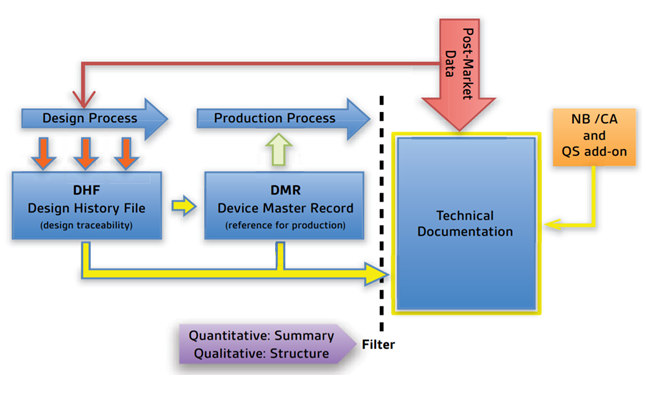CE Mark for Medical Devices on labels and packing proves that device(s) meet the current EU medical device regulation or medical device manufacturer’s claim that a product meets the General Safety requirements of European Regulation.
The Regulation outline the safety and performance requirements for medical devices in the European Union (EU).CE Mark for Medical Devices is a legal requirement to sell a device in European Union countries.
Before affixing Medical Device CE Marking, the device must follow the definition and be classified correctly following the classification rules laid down in annexes VIII of the EU MDR 2017/745. Medical devices are divided into four risk classes: I (Im, Is), IIa, IIb and III. Class, I medical devices are lower risk devices, while class III medical devise are the highest risk devices.
The manufacturer of a class I device is responsible for the self-declaration of the MDR CE marking process. A notified body must certify medical devices belonging to higher risk classes.

